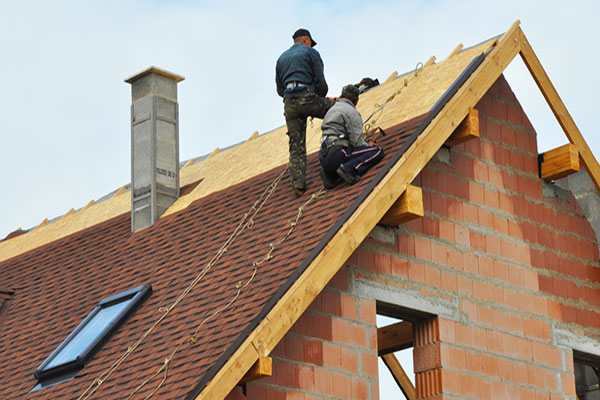How to Communicate the Importance of Proper Roof Ventilation to Homeowners
Author: Lee Polevoi | Date: July 1, 2021
Not all homeowners understand the complexities of roofing ventilation, and some may try to cut corners if faced with a sizable work estimate. Roofing contractors who emphasize the value of proper roof ventilation are doing their customers a significant service.

By illustrating the benefits of proper ventilation — and the structural issues that arise when ventilation is faulty — you can provide a big-picture view that demonstrates the importance of this element to your residential roofing clients.
Key Benefits of Ventilation
Ventilation helps regulate temperatures in a home's attic, which in turn helps control temperatures throughout the house. Attic ventilation plays a key role in keeping a home cooler in the summer and warmer in the winter.
If they don't know already, you should tell your clients that proper roof ventilation:
- Keeps moisture from accumulating, which prevents condensation problems, mold and mildew.
- Averts excessive heat buildup, which keeps home heating costs lower and reduces the likelihood of early shingle deterioration.
- Maintains the life span and quality of a roof year-round.
What Happens With Poor Ventilation
When an attic is improperly ventilated, it can overheat and damage roof shingles. Excess heat in the house can warp wood framing in walls and doors, and even blister paint and wallpaper.
Moisture buildup from poor ventilation can be a serious problem. Resulting mold and mildew not only triggers structural harm, it also can affect the health of people who suffer from asthma or allergies.
In the winter, ice dams can form when poorly ventilated attics lead to snow melting on the roof and refreezing along the eaves. Leakage behind an ice dam can damage ceilings, walls and insulation.
All of these factors should be described in detail to homeowners to help them picture the consequences of poor ventilation.
Adhering to Industry Standards
According to the American Institute of Building Design, the international standard for home ventilation is a minimum of 1 square foot of ventilation for every 150 square feet of attic floor space. Some U.S. sources recommend only 1 square foot of ventilation for every 300 square feet of attic floor space. Either way, ventilation should consist of equal parts intake vents and exhaust vents.
The amount of ventilation a home needs also depends on its structure, including ridge heights. Check with your shingle manufacturer and suppliers for their ventilation standards.
What to Tell Homeowners About Roof Ventilation
As a skilled roofing contractor, you are your customers' most important source of knowledge when it comes to maintaining proper ventilation. Offering valuable tips and insights on this subject helps build customer loyalty over the long run.
Even if you're not installing a new roof and ventilation system tomorrow, you can advise homeowners about how to check for indications of poorly or under-ventilated attics. Your tips might include:
- Do a visual inspection at least twice a year. Look for cracks, patches, damaged or missing shingles and detached gutters.
- Keep vents to the outside clear of ice and debris, particularly during (or just after) a snowstorm.
- Make sure the attic has sufficient insulation that is free from mold or deterioration.
- Check the attic vents to the outside periodically, and place screens over the vents to prevent animals from nesting inside them or scurrying into your attic.
- After a big storm, walk around the inside and outside of the house to check for any indication of internal or external water damage.
Remind your customers that their best line of attack against poor ventilation is to seek help from a seasoned roofing contractor.